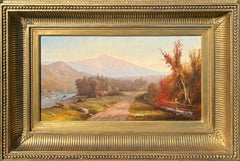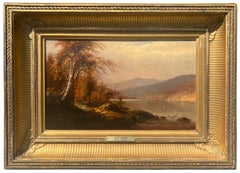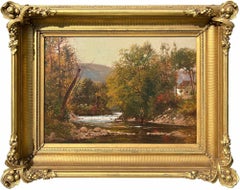About Hawthorne Fine Art
Hawthorne Fine Art LLC is a New York City fine art gallery that specializes in 19th and early 20th century American Art, especially Hudson River School and Impressionist paintings. We also feature works by historic women artists. As a premier art dealer in New York City, we select our works for their quality, beauty, and rarity and price them competitively for the market. We curate our paintings with strong academic scholarship and provide all of our clients with insight into the value of the work by elucidating its place within the artist’s larger body of work as well a...Read More

Established in 20041stDibs seller since 2022
Featured Pieces
19th Century Hudson River School Landscape Paintings
Canvas, Oil
19th Century Hudson River School Landscape Paintings
Canvas, Oil
19th Century Hudson River School Landscape Paintings
Oil, Panel
19th Century Hudson River School Landscape Paintings
Canvas, Oil
19th Century Hudson River School Landscape Paintings
Oil, Board
19th Century Hudson River School Landscape Paintings
Canvas, Oil
19th Century Hudson River School Landscape Paintings
Canvas, Oil
19th Century Hudson River School Landscape Paintings
Canvas, Oil
19th Century Hudson River School Landscape Paintings
Canvas, Oil
Early 20th Century Hudson River School Landscape Paintings
Oil, Board
19th Century Hudson River School Landscape Paintings
Oil, Board
19th Century Hudson River School Landscape Paintings
Oil, Board



